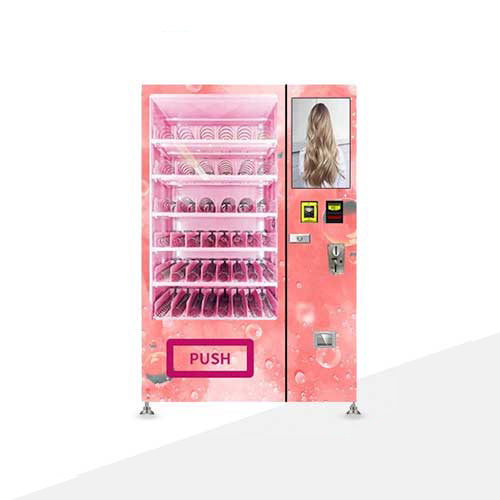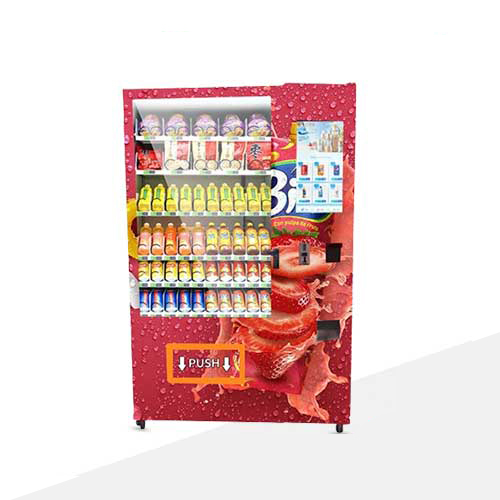
Elevating Campus Convenience: Unmanned Vending Machines in Primary and Secondary Schools
Friends familiar with unmanned vending machine operations understand that selecting suitable locations is key to successful operation. Two important factors are extremely high foot traffic and the density of an effective customer base in relatively enclosed spaces. This covers the bustling crowds in various transportation hubs and busy commercial districts, as well as the high-density internal populations in schools, factories, and other labor-intensive units.
Today, we will focus on the application of unmanned vending machines in primary and secondary school campuses, a relatively unique setting. Last year, the country issued a document banning convenience stores and small shops in primary and secondary schools to restrict the intake of high-salt, high-sugar, and high-fat snacks by teenagers. Traditional convenience stores were difficult to control and lacked data transparency, leading to their elimination. Unmanned vending machines, with their controllability, data transparency, and rapid response advantages, filled this gap.
Through remote intelligent cloud backends, detailed sales data for each unmanned vending machine can be queried in real-time, clearly showing which machine sold which products at what times. This makes supervision more relaxed, with no worries about students consuming excessive amounts of unhealthy snacks, as unmanned vending machines do not sell such items.
The deployment of unmanned vending machines in primary and secondary schools is different from universities because mobile phone usage is generally restricted for students in primary and secondary schools, making QR code payments challenging to implement. Traditional cash and card payment methods are usually adopted, with cards being campus smart cards or city smart cards, depending on the city's payment environment. This payment method better suits the practical situation in primary and secondary schools.
In terms of product selection, the focus is mainly on dairy products, fruit juice, and bread. Primary and secondary school students are in their growth period and need to supplement nutrition and various vitamins adequately. Since dairy products have specific temperature requirements and a short shelf life, it is necessary to choose intelligent unmanned vending machines with refrigeration functions to ensure product quality and monitor the shelf life of stocked items.
By selecting locations wisely, adapting to payment methods flexibly, and precisely positioning products, unmanned vending machines demonstrate unique application advantages in primary and secondary school campuses, providing students with convenient, safe, and healthy snack choices.
Comments
Comments require logging in to a Google account first.
You may also like

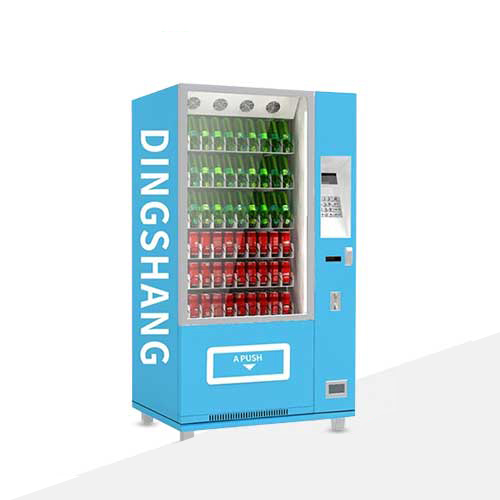
Tailored Business Experience: DingShang Customizable Vending Machine, Leading the Market Trend, Creating Extraordinary Shopping Experiences!
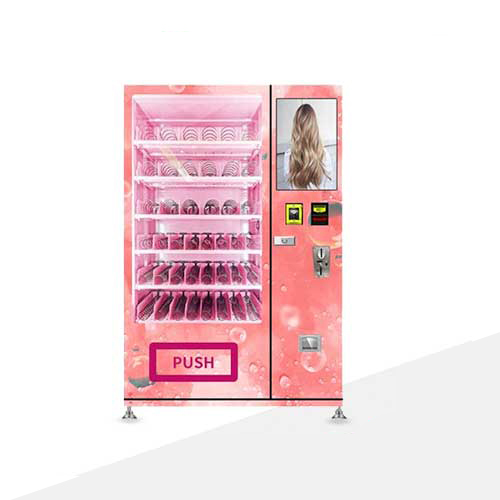
DingShang Tech Reinvented: Customizable Smart Vending Machine, Accentuating Business Unique Selling Points, Igniting Consumer Experiences!
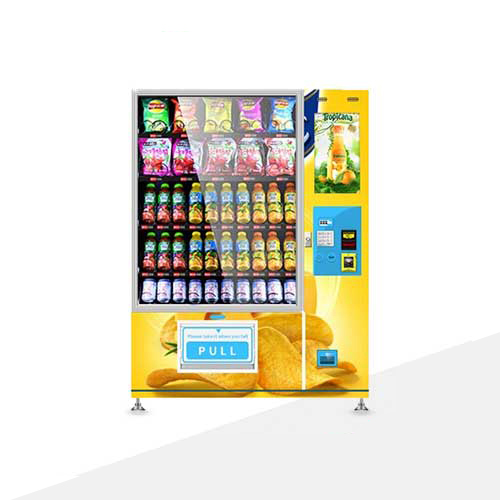
Face Recognition Shopping Sensation: DingShang Customizable Smart Vending Machine, Infusing Personalized Services, Bringing Technological Beauty to Business!
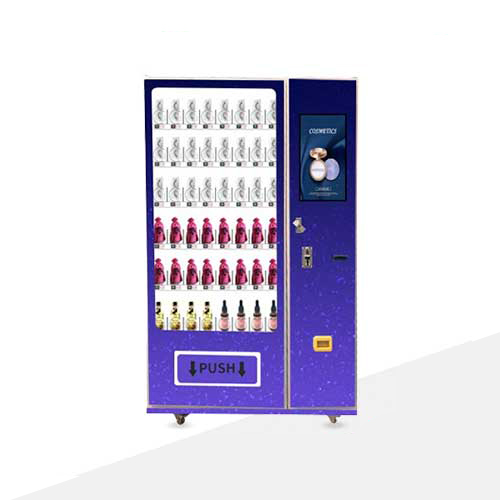
Face Recognition Payment Heights: DingShang Facial Recognition Unmanned Vending Machine, Personalized Business Efficiency, Enjoy the Charms of Technology!
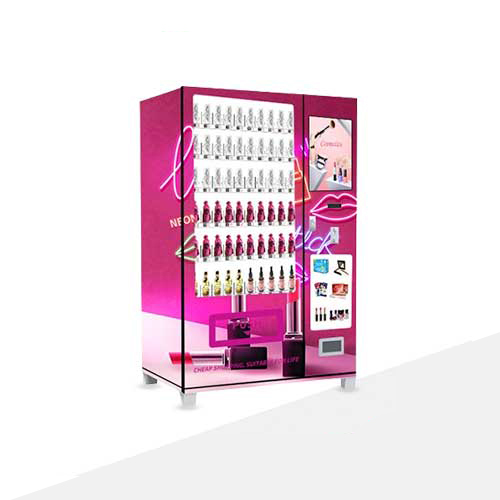
Subway Shopping New Trend: DingShang Customizable Smart Vending Machine, Highlighting Unconventional Shopping Experiences, Leading the Fashion Frontier!
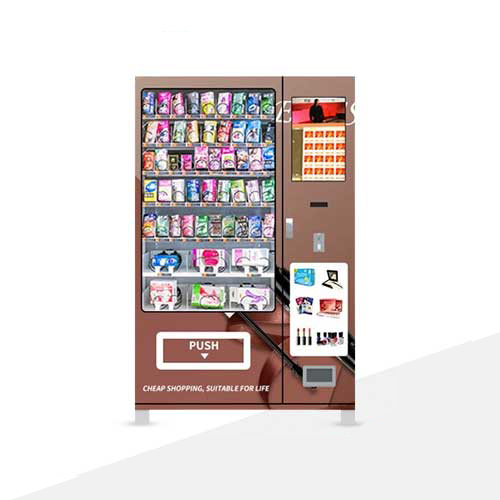
Subway New Fashion: DingShang Customizable Smart Vending Machine, Defining Fashionable Shopping, Taking You on a Journey of New Shopping Trends!
